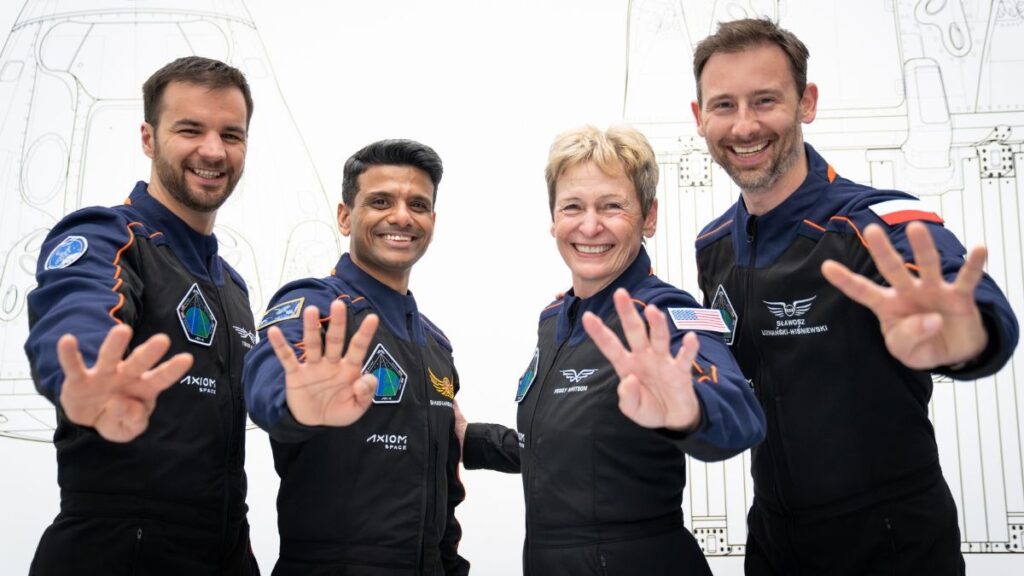On May 25, 2025, Group Captain Shubhanshu Shukla and his international crewmates entered quarantine, marking the final phase before launch. Shukla will soon become the first Indian astronaut to travel to the International Space Station (ISS) as part of the Axiom-4 (Ax-4) mission, a collaborative effort between Axiom Space, NASA, ESA, and ISRO. The mission is scheduled to launch no earlier than June 8, 2025, from Kennedy Space Center, aboard SpaceX’s Falcon-9 rocket and Dragon spacecraft.
India’s Investment and Strategic Purpose
India has allocated ₹550 crore for this mission. This includes the cost of Shukla’s participation and 12 scientific experiments, seven of which are focused on biological research. The mission isn’t just symbolic—it’s a carefully planned stepping stone to ISRO’s Gaganyaan mission, scheduled for 2026. The real-time exposure to space operations and safety standards at the ISS is expected to significantly benefit India’s manned spaceflight preparations.

Scientific Focus of the Mission
The 12 Indian experiments are focused on challenges of long-duration space travel and aim to improve life on Earth. These include:
- Microalgae Cultivation: ISRO, Redwire, and NASA will test nutrient-rich microalgae for growing food in space.
- Oxygen Generation via Cyanobacteria: A natural method to produce oxygen and recycle carbon dioxide with ESA collaboration.
- Muscle Degeneration Study: In partnership with NASA and BioServe, this research will explore muscle loss in zero gravity to develop new treatments.
- Seed Germination in Microgravity: Experiments on crops like green gram and fenugreek aim to support fresh food cultivation on missions.
- Tardigrades in Space: NASA and Voyager Life Sciences will examine how these resilient organisms survive harsh space conditions.
- Health Monitoring: Five experiments will assess mental and physical health in space, offering insight into astronaut well-being.
Benefits Beyond the ISS
Shukla, one of the four astronauts selected for Gaganyaan, will gain critical experience by living and working aboard the ISS. This includes understanding emergency procedures, managing space systems, and adapting to life in microgravity—skills essential for future Indian missions. The Ax-4 mission also strengthens India’s partnerships with global space agencies, which can open doors for joint ventures and access to cutting-edge technology.
Preparing for Gaganyaan
The Gaganyaan mission has a budget of ₹20,193 crore and plans to send three Indian astronauts into low Earth orbit by 2026. Ax-4 serves as an important precursor by:
- Testing life-support systems and scientific instruments.
- Offering insights into crew safety and mission logistics.
- Allowing ISRO to align with global safety protocols and procedures.
- Reducing risk through pre-experience and informed planning.
Shukla’s Symbolic Role and National Vision
Speaking at a send-off event, Shukla called the mission “a journey of 1.4 billion people,” underlining its national importance. His role not only inspires youth to pursue science and space studies but also positions India as a capable and competitive space power.
Ax-4 is more than a short-term mission—it’s a strategic investment in India’s long-term space ambitions. From gaining critical technical experience to conducting innovative research, it prepares the country for Gaganyaan and future missions like the Bharatiya Antariksh Station. As the countdown to June 8 begins, the entire nation watches with pride, supporting Shukla and ISRO in this landmark journey.
